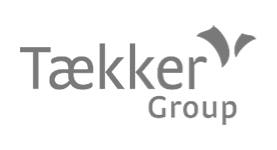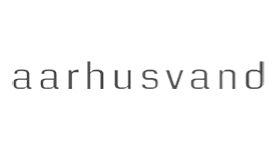Reference
Nye is a water-wise city
The suburb Nye, north of Aarhus, is now leading the way and is the first city in Denmark to establish a centralised secondary water treatment plant. The plant reuses collected rainwater and drainage water for toilet flushing and laundry, thereby significantly reducing the impact on groundwater resources.
40% of the area's water consumption is covered by rainwater harvesting. Nye will consist of 600 homes in the first phase, and eventually the city will grow to 15,000 citizens.
The establishment of a new suburb gives the possibilities to rethink the resources and develop a smart livable city with a holistic approach to water resource management. The water solution is the first of its kind in Denmark. In other words, it is an innovative rainwater solution that saves drinking water and creates an exciting and modern city.
Surface water is collected from roofs, roads and the central lake. The water is led to a treatment plant from where it is discharged via separate water pipes to residents' toilets and washing machines.
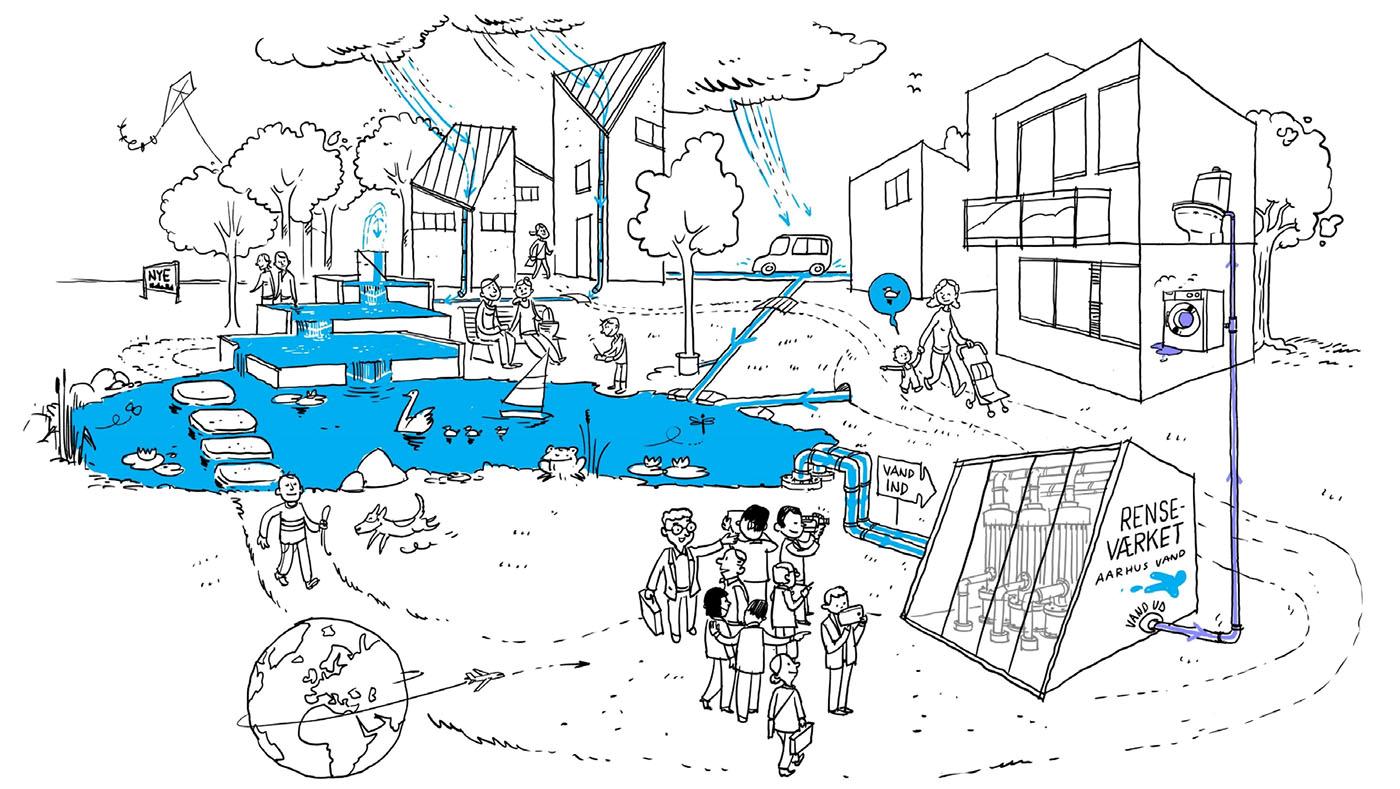
The water treatment solution
The water treatment solution itself was designed and supplied by EUROWATER. Rainwater is collected in a lake and purified at the treatment plant. The purified rainwater is discharged via specially dimensioned purple pipes to the citizens toilets and washing machines.
At first glance, the water treatment plant looks like a solution you would see at a traditional waterworks: Extraction, filtration, storage and pumping.
If you take a closer look, you'll realise that the water treatment plant stands out to traditional groundwater treatment. Surface water has a different quality composition and, unlike groundwater, the quality is not static, as it will naturally change with the changing seasons and the amount of precipitation.
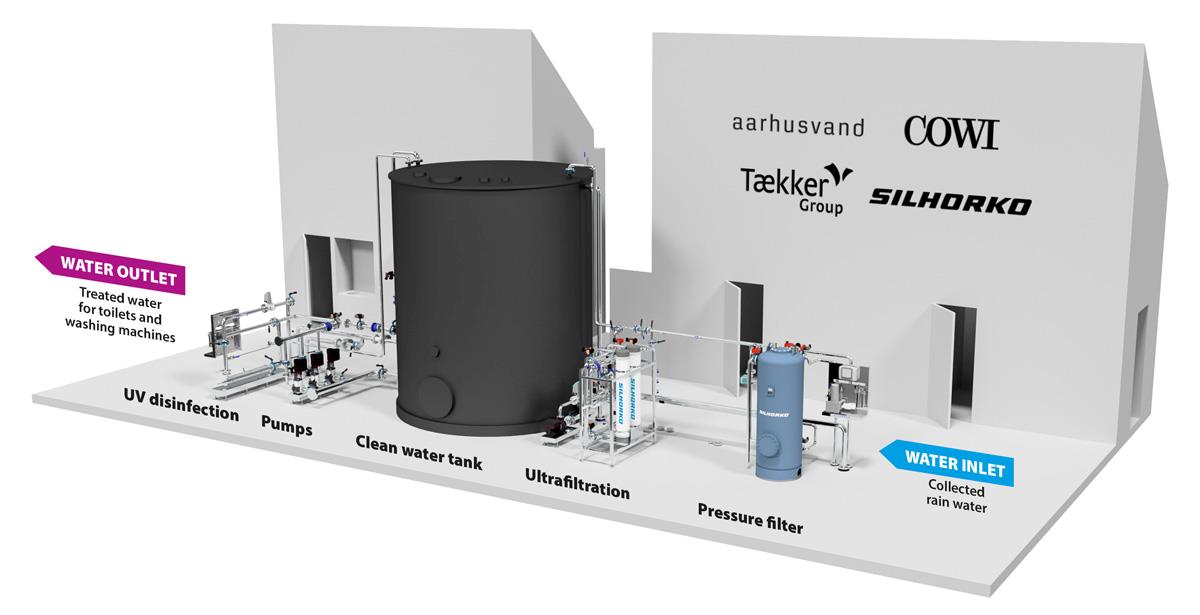
The water treatment plant is customised to this specific task to achieve the required water quality. Here is a step-by-step description of the solution:
The initial treatment steps the rainwater undergoes involve pressure filtration and ultrafiltration, effectively eliminating particles as small as 0.02 microns.
Pressure filtration
The initial treatment step involves pressure filtration. A natural process where the water is mixed with compressed air and goes through depth filtration. Impurities are captured through the carefully chosen filter media, including sand and anthracite. In combination also called a multi-media filter. This process leads to high water quality and efficient operation with minimal energy consumption.
Ultrafiltration
The second treatment step involves ultrafiltration which similar to pressure filtration also use a natural filtration process. Ultrafiltration utilizes membrane technology, making it highly effective for filtration of water with diverse quality. This system can eliminate particles as small as 0.02 micrometers and serves as a physical barrier against bacteriological contamination.
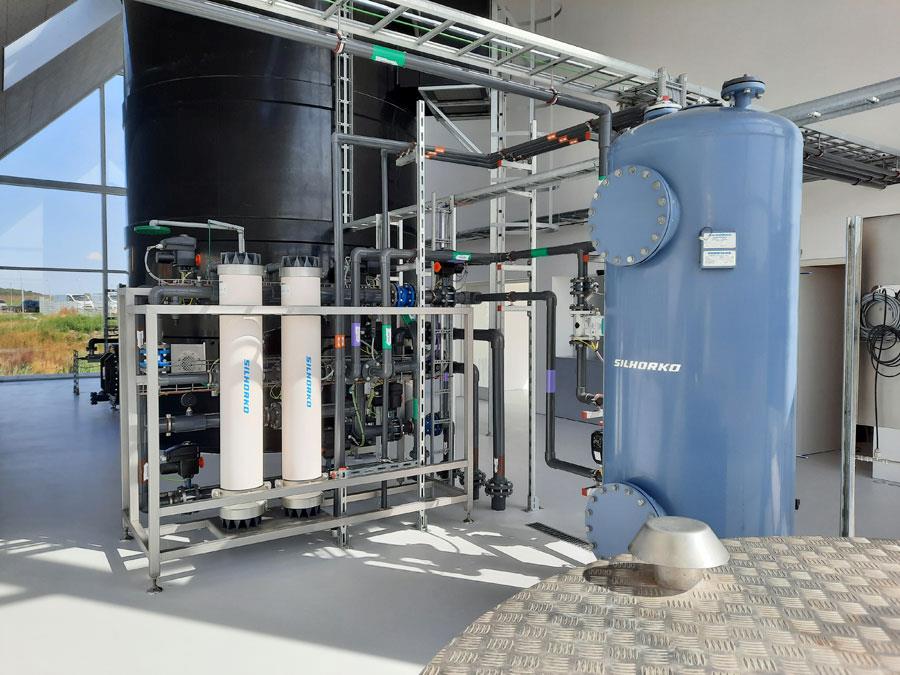
The purified water is stored in a clean water tank and pumped to consumers using frequency-controlled pumps that ensure a consistent water pressure.
Clean water tank
The purified water is led to a clean water tank. The tank can hold 55 cubic metres, which corresponds to an average daily consumption. The treated water is referred to as secondary water, which can only be used for toilet flushing and laundry.
Pumping station
Consumers are supplied with the desired amount of water at a consistent water pressure from a completely traditional pumping system - all of which are frequency-controlled and can operate individually or together, with an emphasis on minimizing energy consumption.
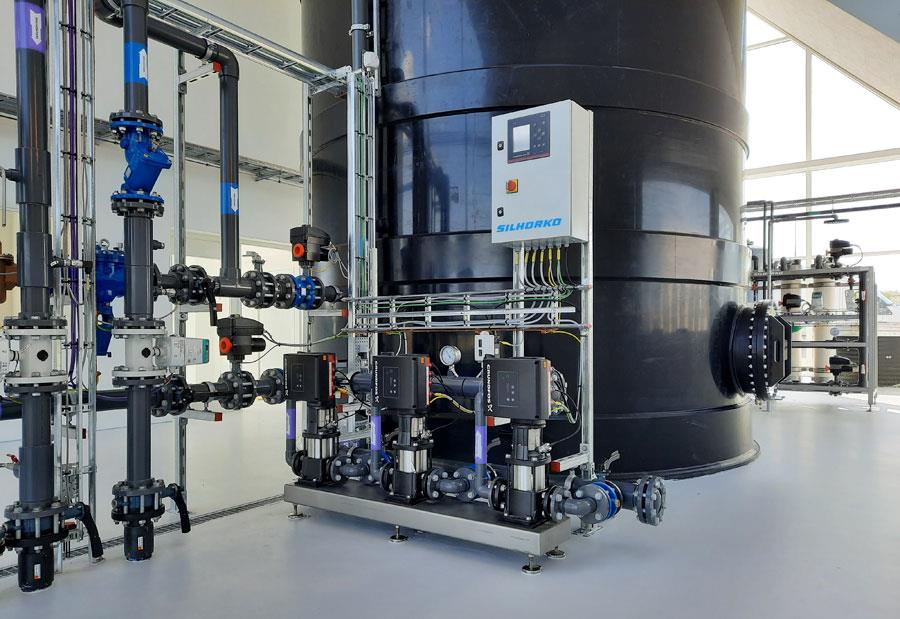
Before the water is supplied to the citizens, it undergoes UV disinfection to ensure that the water is free of unwanted bacteria.
UV disinfection system
As an additional safety barrier to ensure that the water does not contain unwanted bacteria, a UV disinfection system is installed as the final treatment step. This system employs ultraviolet light (UV) at a specific wavelength to effectively inhibit microbiological growth (including bacteria, viruses, algae, and fungi) in water by disrupting the DNA of microorganisms.
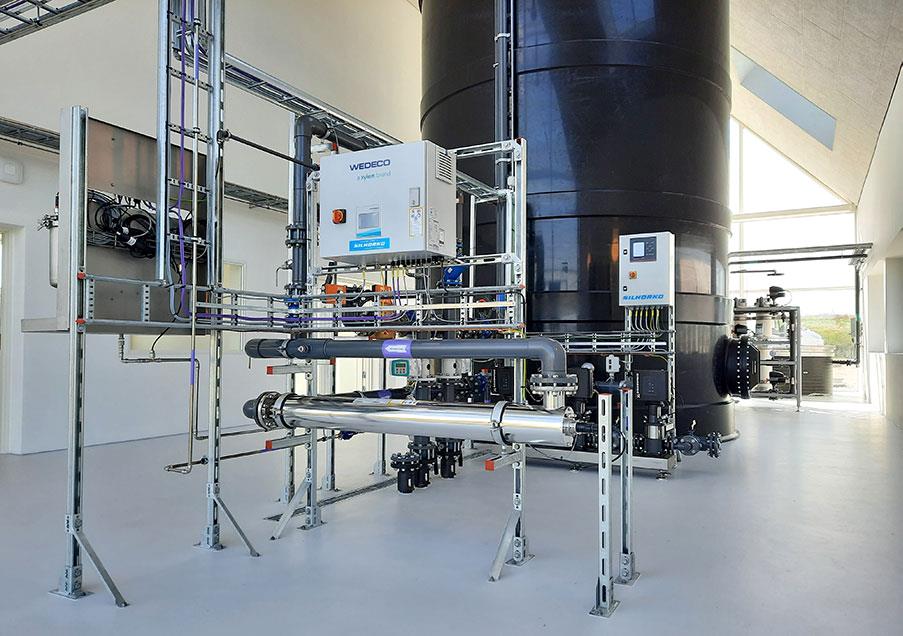
The centralised secondary water solution is established and operated by Aarhus Vand, which means that the citizens of Nye can enjoy a sustainable lifestyle without the responsibility, expense and hassle normally associated with secondary water use. A professionally run centralised treatment plant guarantees safe operation and peace of mind for citizens.
A strong collaboration
The project is supported by the Danish Ministry of Environment and Food's Environmental Technology Development and Demonstration Programme (MUDP) and is carried out in collaboration with the following companies:
Design and delivery of the water treatment solution for secondary water.
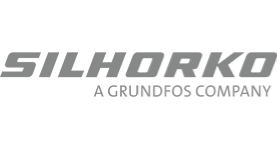
Facts
Nye
The Nye neighbourhood is developed based on sustainable principles. People live in respect for nature and their surroundings. Therefore, new solutions have been devised in terms of resource consumption, environmental impact, transport and nature. The neighbourhood has approx. 15,000 inhabitants.
Units in water treatment solution
- Pressure filtration type EFNSI130PPA
- Ultrafiltration type UF1x2-60
- UV-disinfection unit type Spektron 25
- 55 m³ clean water tank in HDPE
- Grundfos pumping unit type CRE5-6-F

Let us elevate your
water treatment solution
If you want to learn more about our solutions and technologies, your local team of specialists are ready to assist you.


